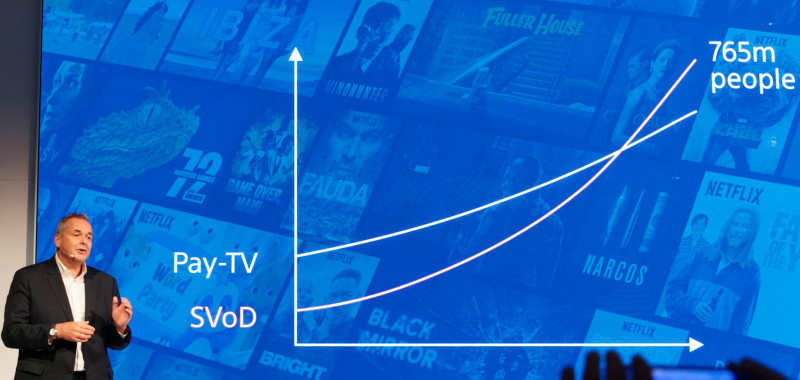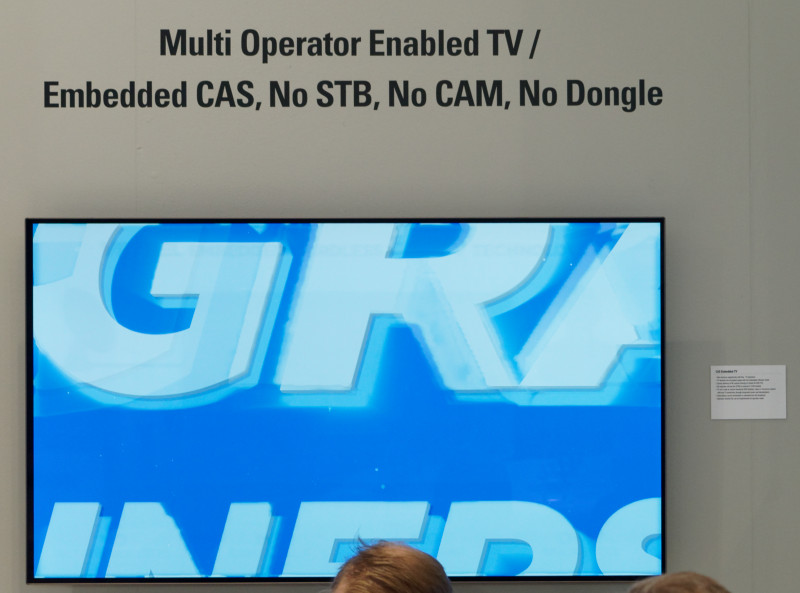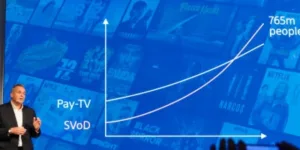Oh, no! Bob has been away (at IBC) and seen of those damned ‘inflection points’ again. There are some things you see and hear that change your perception forever. You can’t go back. Music is like that. There was before the Beatles, then after the Beatles. There was before Jimi Hendrix and after.

Hi-fi is a bit like that. I haven’t been near a hi-fi demonstration for several years. Although many of the trade shows that I go to have some really, really good audio and I love good audio, I don’t go to the demos any more as I know that if I hear something great, it will make me want to upgrade my home 5.1 (I know – I should have at least Atmos!). It’s a great system that has half the power of the PA used by the Who in the late ’60s and sounds really good to me. (It’s made by Yamaha and the conventional hi-fi reviewer opinion is that ‘they just aren’t musical’, but they seem to just class the firm as ‘one of the Japanese’. They clearly haven’t played a Yamaha grand piano, or guitar, or saxophone or…. well, you get the picture! Or, frankly, listened to some good Yamaha speakers!)
Anyway, getting closer to the point, at IBC this year, I saw a couple of developments that showed me things that I can’t now un-see. My view of the reality of the world has been ‘forever changed’ (to stay on the. ’60s rock theme) by a couple of things at IBC 2018.
 Sony’s Adam Fry pointed out another inflection point – this year OTT subscriptions go past Pay TV. Image:Meko
Sony’s Adam Fry pointed out another inflection point – this year OTT subscriptions go past Pay TV. Image:Meko
At this event a couple of years ago, I was impressed with the capability offered by a number of vendors to establish a TV channel ‘as a service’. The would handle ingest of content, archiving, management and playout as well as offering subscriber services. You could set up the content and distribution side, easily and quickly.
At IBC, this year there was talk before the event of the importance of content creators (e.g. Disney and down) selling their content direct to the consumer – another example of the internet’s ability to offer that wonderful thing ‘disintermediation’ – taking away layers in the supply chain. In the past, you needed people between you (e.g. a record company) between the consumer and the producer (artist if we stick with the musical analogy). The internet has taken that need away. I can directly support artists I like using services such as Patreon and even communicate with them now that the web and social media exist.
Sony Changes One End, Vestel & Samsung at the Other
In its opening press conference, Sony said that it was livestreaming the event to its YouTube channel (you can catch up with it here). To do so, the only equipment it had on the booth were half a dozen wireless (4G) video cameras and a notebook to do the production. Each was connected to Sony’s cloud-based production system. That was amazing – no SDI cables or switcher or mixer or OB van. Just a 4G connection (or, perhaps, more than one) and a Wi-fi connection. A good number of companies were offering technologies such as encoding and compression of video in the cloud.
 Vestel has a TV with Irdeto CAS built-in. Image:Meko
Vestel has a TV with Irdeto CAS built-in. Image:Meko
Separately, I talked to Vestel who told me about their new smart TV design which includes a conditional access system (based on Irdeto) so that Pay TV content can be directly sent securely to the TV, obviating the need for the STB. Nagra also told me that all of Samsung’s 2019 Smart TVs would include chips to allow content using its encryption to be securely delivered to a specified set. As well as simply removing the need for an STB with a Pay TV service, the concept enables a number of new opportunities.
The technology would mean that, for example, a Pay TV service could offer a free introductory period of service to set owners without the need for an STB.
There are going to be lots of ramifications of these two developments, but the possibility of setting up a complete (including production) Pay TV company or channel needing no capex for broadcast equipment or for STBs could allow all sorts of disruptive business models to come into the TV business. As I learned at IBC a couple of years ago, there are a lot of companies that can provide services to run a pay TV business, such as subscription and payment management.
I don’t see broad subscription-based Pay TV services being instantly wiped out by this kind of development, but it will allow a range of new business models and operations that can exploit ‘the long tail’ for TV, whether specialist channels that couldn’t roll out full services or even services that only ‘pop-up’ for certain events (I can imagine services popping up for short subscriptions for sports events such as the World Cup, or national cycling tours, or Wimbledon or Open Golf etc). Or, to get back to music, how about a Glastonbury Music Festival channel for a short period? Or the Berlin or Sundance Film Festival or …………. ?
Bob

